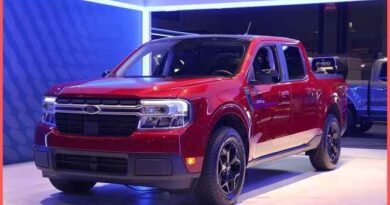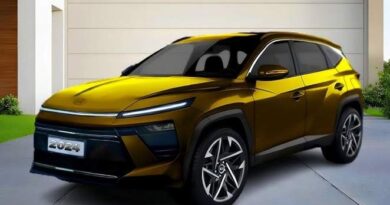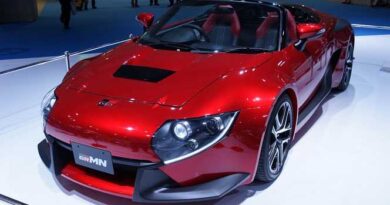ZF’s latest technology for electric cars uses a motor in each wheel and does not need fluids.
ZF’s latest technology for electric cars uses a motor in each wheel and does not need fluids.
Dry cable electric brakes are ZF’s latest technology for electric cars and can also be implemented in hybrid and combustion propulsion systems.
In addition to propelling battery and electric motor technology advancements, vehicle electrification significantly influences braking systems. The regeneration system of an electric vehicle splits the braking action into two phases. Power electronics are essential in the initial step of electrical braking because they rephrase the motor, converting it into a generator.
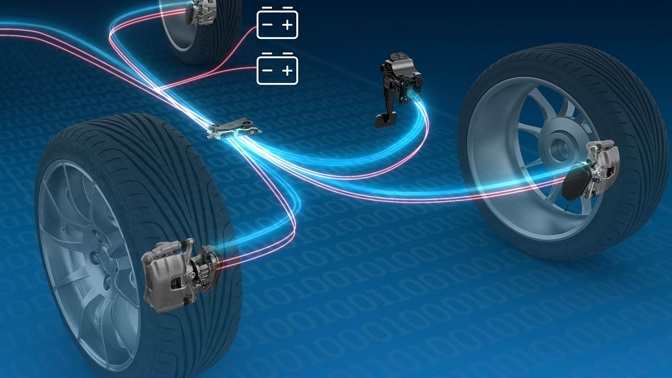
The battery is replenished during braking, avoiding energy loss from heat generated by friction between the brake pads and disc. Increased pressure applied to the brake pedal by the driver activates the traditional hydraulic braking system, which generates friction between discs and pads.
The evolution of this model will allow, in the future, a fully electric braking system, eliminating any form of mechanical friction and channelling all the energy back to the battery. The German company ZF has taken this first step, replacing this system with a completely electric one that does not need brake fluid.
ZF anticipates the future of the energy regeneration system of electric cars.
According to a statement from ZF, the new technology eliminates the need for a hydraulic system that uses liquid, pads, and discs and instead relies on four electric motors to provide braking power on each wheel. The method makes it possible to combine it with conventional friction systems, which use a hydraulic pressure system to force the brake pads against the disc to provide the tension required for deceleration.
They suggest that dry cable brake may be installed on combustion cars, even hybrid models, as it does not require brake fluid, making it suitable for use on electric vehicles that run on batteries or fuel cells. ZF now emphasises that because this braking system opens up new design and development opportunities, it excels in software-defined and electrically driven cars.
Regarding its financial sustainability, the German business guarantees that the simplicity of a system with fewer components results in much cheaper assembly and transportation costs. Holger Klein, CEO of the ZF Group, says, “Our entirely electrically controlled braking system represents a significant milestone in our portfolio of networked chassis systems.” “With the implementation of these by-wire systems, we are inaugurating a new era in vehicle control.”
Advantages over the traditional brake.
ZF tested the system using a prototype affixed to a BYD Han. Like the newly created Integrated Brake Control (IBC), the company asserts that this new brake-by-wire technology reduces maintenance costs, more effective energy recovery while braking and shorter stopping distances than traditional braking systems.
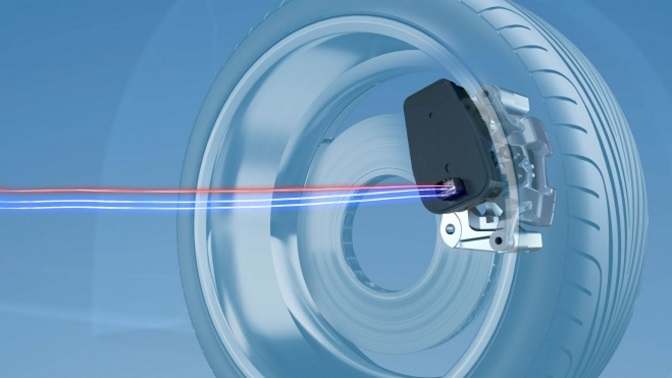
Compared to a hydraulic system, this one can shorten the stopping distance by up to nine metres in the case of an emergency stop at 100 km/h. Moreover, increased energy recovery efficiency in electric cars might result in up to 17% more autonomy.
ZF argues that this improvement is because the residual drag torque in traditional braking systems is produced by the pads’ little contact with the disc while driving. This effect results in increased resistance, which necessitates using more battery energy. Furthermore, there is less wear and particle discharge on the brake pads. ZF states residual drag torque with dry cable braking systems may be “reduced to virtually zero.”
This results in less wear on the vehicle and cheaper maintenance costs since it removes the need to replace the braking fluid during the car’s useful life.
ZF promises that in terms of driver safety and experience, the technology is similar to a hydraulic brake. Redundancy ensures data transmission and processing, electric motor power supply, and system duplication for all connections and systems. For instance, by-wire systems used in aviation frequently employ this technique to offer an extra degree of security.
Related Post

